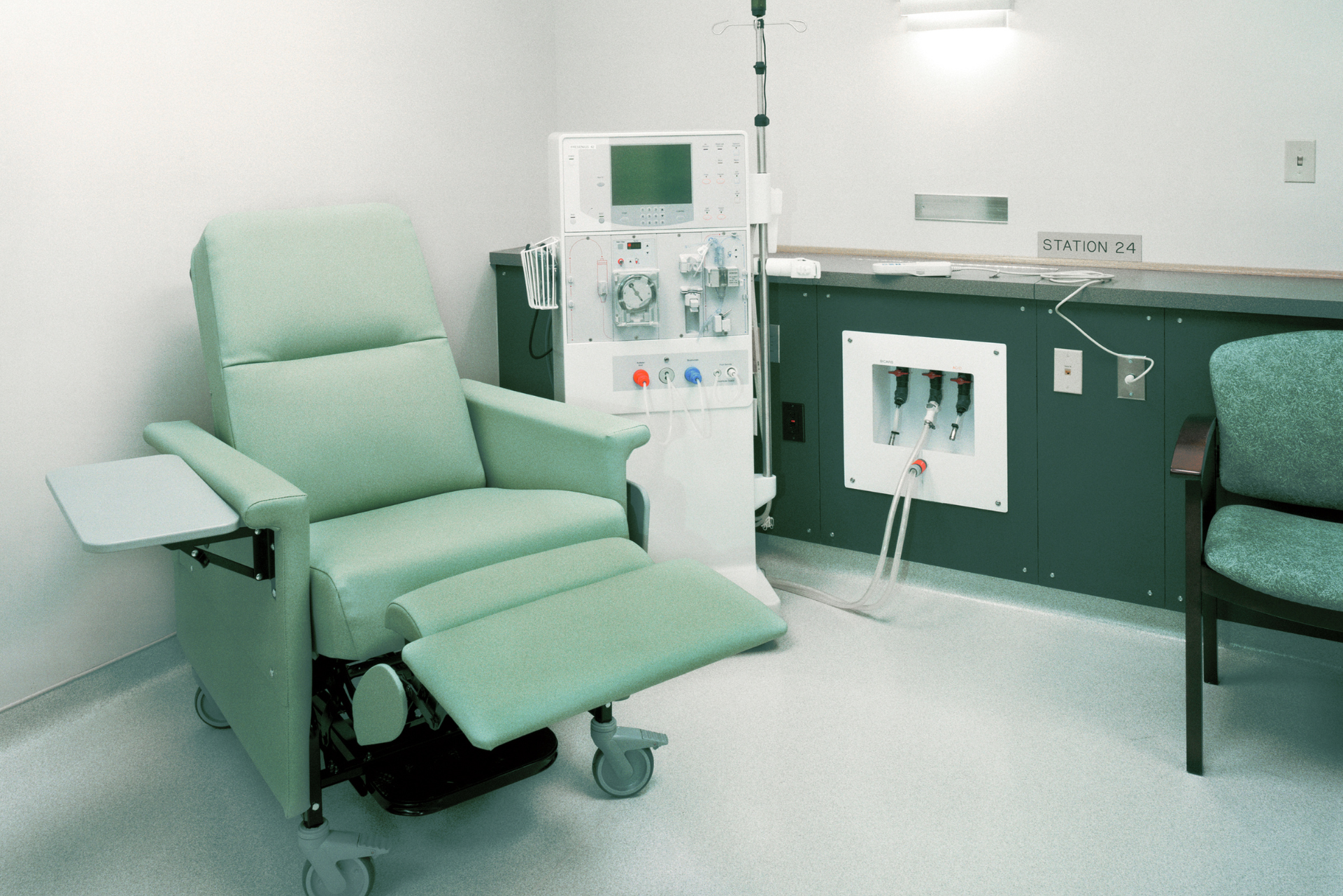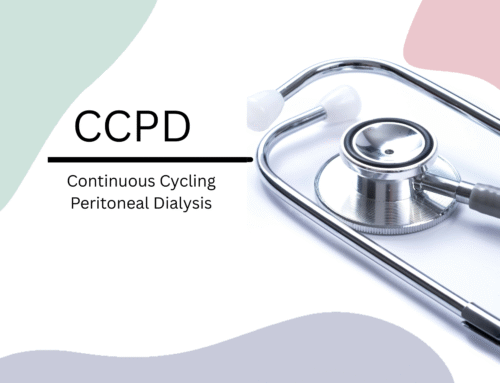
Memorializing Patient Losses and Celebrating Life in Dialysis Units
Dialysis units are unique clinical environments. Unlike many hospital wards where patients come and go within days, dialysis is a long-term therapy that requires patients to return three to six times each week, often for years. In this shared space, staff and patients develop uniquely enduring relationships. Nurses, physicians, social workers, and technicians come to know not only the patient’s lab values and comorbidities, but also their personalities, family stories, and day-to-day struggles.
When a patient passes, the absence reverberates throughout the unit. The empty chair is not simply an operational detail—it is a visible reminder of mortality and loss. At the same time, the unit also witnesses moments of triumph, such as patients receiving transplants, achieving better lab values, or reaching personal milestones. Recognizing both loss and life strengthens the sense of community, allowing staff and patients to process grief while celebrating hope.
Professionals working in dialysis are acutely aware of the high mortality associated with end-stage kidney disease. Yet repeated patient loss can take a toll. Staff may experience grief, guilt, or even burnout. Surviving patients, meanwhile, often witness a succession of losses, each one heightening their own anxieties about prognosis. Balancing acknowledgment of loss with celebration of positive outcomes fosters emotional resilience. Shared rituals provide safe avenues for staff and patients to process grief, while recognizing a patient’s passing underscores the depth of the bonds formed within the unit. The profound bonds formed are not only between patients and clinicians, but also among patients themselves. For many patients, increasing frailty and reduced mobility narrow their lives, such that the trip to the dialysis unit becomes their only outing. The social connections that evolve during these visits become increasingly profound and mutually supportive. No wonder a loss is felt like losing a family member.
Brief pauses during team huddles or shifts can acknowledge both patient losses and recent achievements, creating space for reflection. Units can maintain boards or books where staff and patients record reflections on those who have passed away, as well as celebrations of successes, including those of transplant recipients. A memorial tree with leaves bearing names of patients who have passed can be complemented by small markers or notes celebrating patients who have received transplants or reached health milestones. This creates a living symbol of both remembrance and hope. Some centers organize yearly events that honor patient losses and celebrate successes. Families are sometimes invited, strengthening ties between the unit and its broader community. Sending condolence notes while also sharing good news about transplant outcomes or progress offers a balanced and compassionate approach.
Healthcare professionals in dialysis units are at high risk of compassion fatigue due to repeated exposure to patient loss. Integrating celebrations alongside memorials can mitigate emotional strain. Structured debriefings that include discussions of both losses and patient successes, interdisciplinary support from chaplains, psychologists, or palliative care consultants, and workshops that teach staff to engage with both difficult and positive experiences in a balanced, emotionally sustainable way are all effective strategies.
Patients on dialysis often experience repeated bereavement. Each loss evokes sadness and may provoke anxiety. Acknowledging milestones, such as successful transplants, alongside loss, helps patients maintain hope and perspective. Patients benefit from open recognition of those who have passed and those who have achieved milestones. Group sessions or informal check-ins provide patients with an opportunity to voice their fears, share memories, and celebrate successes. Social workers and nurses can help patients navigate grief and reinforce hope for positive outcomes.
Memorializing patient losses and celebrating positive outcomes in dialysis units is not sentimental; it is central to professional, ethical, and psychosocial care. By integrating acknowledgment of passing with celebrations of milestones, we sustain dignity, foster resilience, and cultivate a therapeutic environment that honors both the fragility and the triumphs of life. The empty dialysis chair, alongside the achievements of transplant recipients or improved patient health, together tell the story of a community that grieves, hopes, and perseveres. Practices like memorial trees and milestone markers ensure that remembrance and celebration coexist, offering continuity, meaning, and hope for staff and patients alike.
References
- Home Dialysis Central. “Coping with Death in Dialysis.” https://homedialysis.org/news-and-research/blog/321-coping-with-death-in-dialysis
- Kurella Tamura, M., et al. “End-of-life and palliative care of patients on maintenance dialysis: perspectives from nephrology nurses and physicians.” PMC. https://www.ncbi.nlm.nih.gov/pmc/articles/PMC6822338/
Walden University. “End-Stage Renal Disease Patients’ Experience of Anticipatory Grief.” https://scholarworks.waldenu.edu/dissertations/11133/
About the Author
Dr Gavril Hercz
Dr. Gavril Hercz is a nephrologist at Humber River Health and Associate Professor of Medicine, University of Toronto. He completed his psychoanalytic training at the Toronto Psychoanalytic Institute and is a member of the Canadian Psychoanalytic Society. His major area of interest is the impact of physical illness on patients, families, and caregivers.
Healthcare professionals in dialysis units are at high risk of compassion fatigue due to repeated exposure to patient loss. Integrating celebrations alongside memorials can mitigate emotional strain.



